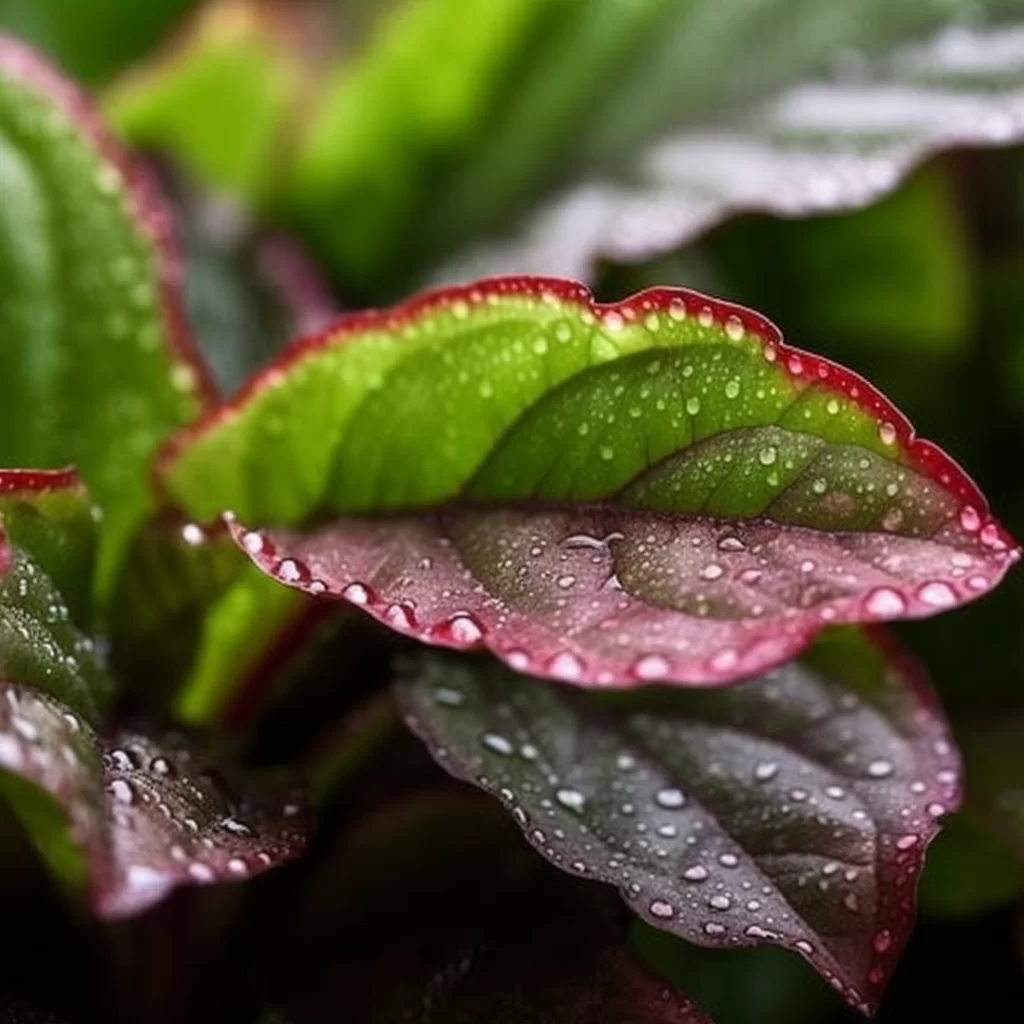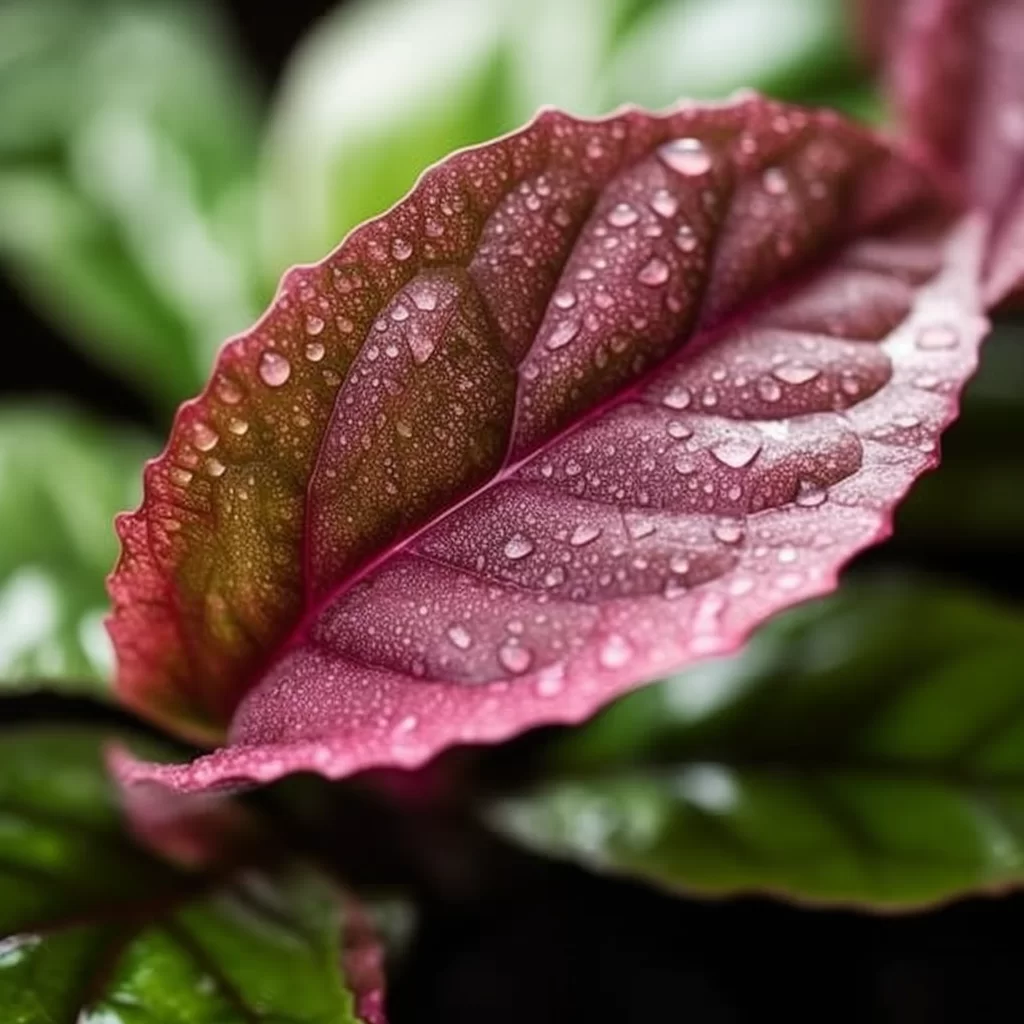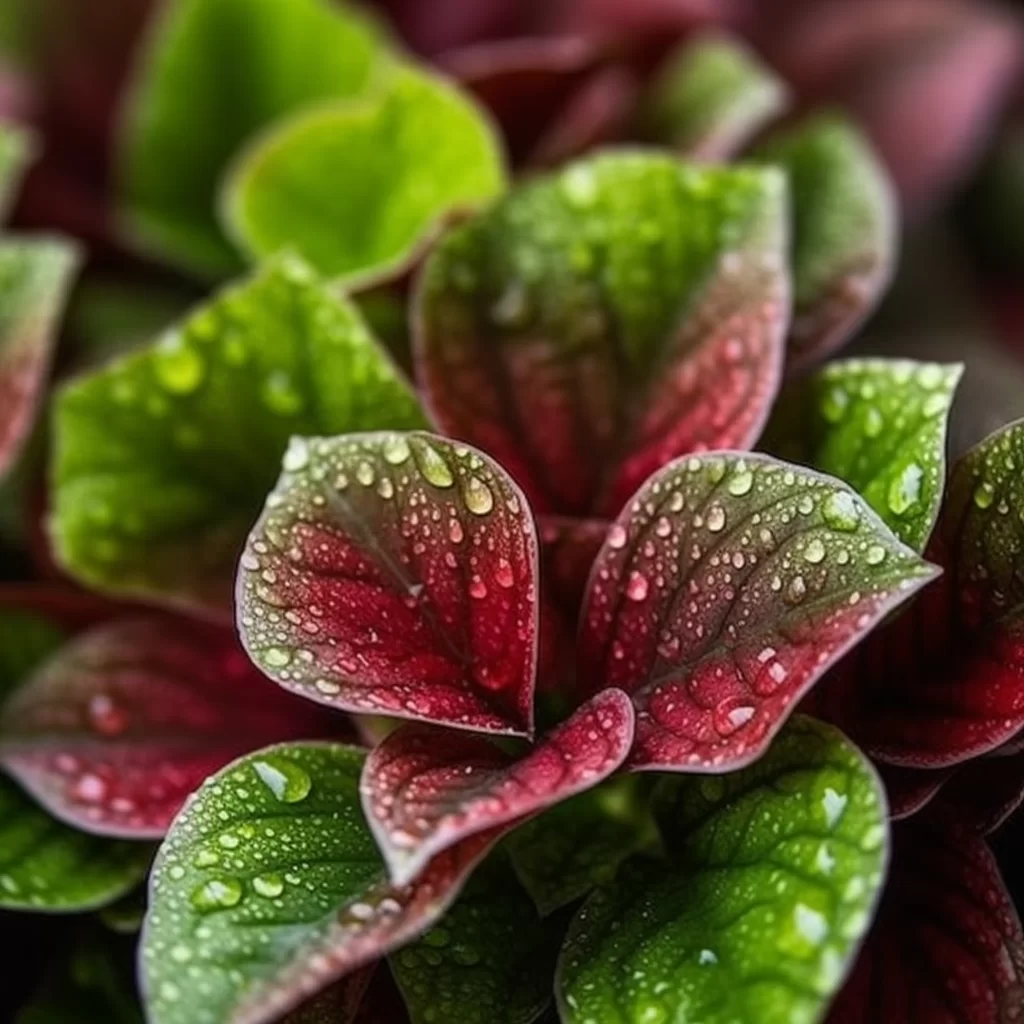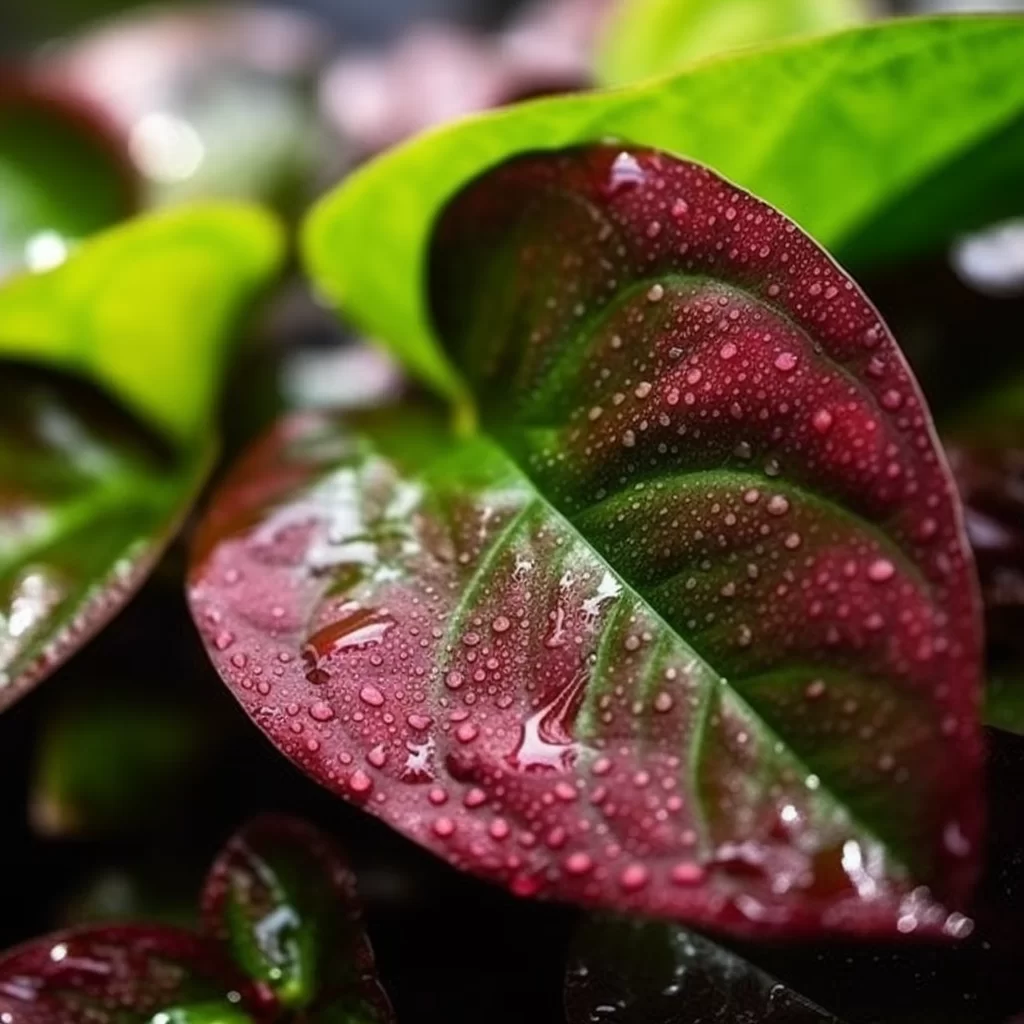Story of Day :
Contents
Salal Plant: A Complete Guide and Care Tips
Gardening is a popular hobby that enables people to reconnect with nature and enjoy the outdoors while creating beautiful landscapes.
It’s a therapeutic activity that brings joy, peace, and serenity to many individuals who are looking for an escape from the busy city life.
Whether you’re a seasoned gardener or just starting out on your journey, there’s always something new to discover in the world of plants and flowers.One such plant that has gained popularity among gardeners worldwide is the salal plant.
This evergreen shrub, native to the Pacific Northwest region of North America, boasts attractive foliage and berries that add a unique touch of beauty to any garden.
Salal plants are easy to care for and can thrive in various soil types, making them suitable for different landscaping styles.
With so much versatility and aesthetic appeal, it’s no wonder why salal plants have become an ornamental favorite among garden enthusiasts across the globe!
What is Salal Plant?
The salal plant is scientifically known as Gaultheria shallon.
It is a member of the Ericaceae family, which encompasses other popular plants like rhododendrons, blueberries and heather.
In optimal conditions, this evergreen shrub can reach impressive heights of up to 8 feet tall and six feet wide.
But when cultivated in garden settings, it tends to stay smaller in size. The salal plant has a reputation for being easy to grow and care for.
The salal plant has a reputation for being easy to grow and care for.
Gardeners appreciate its attractive glossy green leaves that remain fresh throughout the year, making it an excellent addition to any landscape design.
The berries produced by the salal are edible and were used by Native Americans for food and medicinal purposes due to their high antioxidant content.
In summary, the Gaultheria shallon or salal plant is an interesting botanical specimen that boasts both aesthetic appeal and useful qualities for human consumption.
The salal plant is a shrub that boasts some unique features in its leaves.
Its foliage is a glossy green on top, which contrasts with the lighter tone present on the underside.
The texture of these leaves is thick, making it feel almost leathery to the touch.
As spring arrives, small white flowers start to bloom all over its branches, turning this shrub into a beautiful sight to behold.
When summer comes around, the salal plant produces dark blue-black berries that add another layer of beauty and color.The combination of glossy green leaves and delicate white flowers makes this shrub stand out from others in its class.
Moreover, its thick texture gives it an added advantage when it comes to protecting itself against various external factors like wind and rain.
Coupled with how easy they are to spot due to their distinctive appearance and colors; one can quickly identify them even if they are not familiar with plants or gardening practices – making them an excellent choice for anyone looking for an attractive addition to their garden!
Care Tips for Salal Plant

If you’re looking to cultivate salal plants in your garden, there are a few key care tips to keep in mind.
First and foremost, make sure that the soil is well-draining and slightly acidic.
Salal plants prefer moist but not soggy conditions, so be careful not to over-water.
Additionally, it’s important to prune your salal plants regularly in order to promote healthy growth and prevent overcrowding.
And finally, keep an eye out for any signs of pests or diseases that may be affecting your salal plants – if you notice anything amiss, take action promptly to protect your garden.Overall, with a little bit of attention and care, salal plants can thrive beautifully in a variety of garden settings.
Whether you’re planting them as ground cover or using them as accents alongside other flora and fauna, these versatile shrubs are sure to lend natural beauty and charm to any outdoor space.
So go ahead – add some salal plants to your gardening repertoire today!
Salal plants require specific conditions to thrive.
They prefer well-draining soil that includes organic matter like leaf mold or compost for optimal growth.
Salals can adapt to shady conditions, especially when young or grown as an understory companion under trees.
However, they grow best in partially shaded areas where they receive at least four hours of direct sunlight per day.
Adequate watering is crucial after planting, and it’s essential not to saturate the soil with too much water thereafter.
It’s best to fertilize the plant once a year with slow-release fertilizer in springtime for optimal growth.
Additionally, pruning is vital for maintaining the shape and size of salal plants by removing dead or damaged branches, suckers, and diseased foliage after flowering ends in late summer.In summary, salal plants are quite delicate and need specific care conditions for healthy growth; these include proper soil drainage with organic matter such as leaf mold or compost added before planting; adequate sunlight exposure – ideally partial shade with at least four hours of direct sunlight daily; careful watering without over-saturating the soil after planting; annual fertilizing using slow-release fertilizer during springtime; regular pruning during late summer to remove dead or damaged branches, suckers and diseased foliage while maintaining its desired shape and size.
By following these guidelines consistently, gardeners can enjoy beautiful salal plants thriving in their gardens year-round!
The Benefits of Salal Plant
Salal berries, beyond being a delightful addition to your garden’s surroundings, offer plenty of health and culinary advantages.
In the past, indigenous people utilized the leaves and berries of the salal plant for medicinal purposes like wound care.
Nowadays, these berries’ tart taste is put to good use in making jams, jellies, wines and pies.The Salal berry is an ideal ingredient in delicious treats as it adds a unique tangy flavor that delights our palates.
What’s more fascinating is that it has several health benefits too! It has anti-inflammatory properties that can help soothe sore throats or irritated skin.
Added to this; salal berries are also abundant in antioxidants which help combat cell damage and reduce inflammation throughout our bodies.
So whether you’re looking for a tasty new recipe or want some natural healing powers at your disposal; incorporating salal berries into your diet could be just what you need!
If you’re looking to add some greenery to your floral arrangements, look no further than the salal plant.
Its leaves are a perfect filler due to their glossy texture and deep green color.
They add depth and dimension to any bouquet or centerpiece, making them a popular choice among florists. Aside from their aesthetic benefits, salal leaves are also hardy and long-lasting.
Aside from their aesthetic benefits, salal leaves are also hardy and long-lasting.
They can withstand varying temperatures and humidity levels, making them ideal for use in both indoor and outdoor arrangements.
So next time you’re putting together a floral masterpiece, don’t forget about the versatile salal plant!
Potential Problems with Salal Plant
Salal plants are usually tough and resistant, but there are a few problems that can affect them.
One of the most common issues is fungal diseases, which can cause wilting, leaf spots, or moldy growth.
These diseases thrive in damp conditions and can be prevented by maintaining good airflow around the plant and avoiding overwatering.
Another problem that salal plants may face is pest infestations.
Some insects such as aphids or spider mites feed on the leaves and sap of the plant, causing yellowing and distortion of foliage.
To control these pests, it is recommended to use insecticidal soap or neem oil sprays.Despite these challenges, salal plants remain a great addition to any garden or landscape design due to their evergreen foliage and seasonal berries that attract birds while adding visual interest throughout the year.
They also require minimum maintenance once established in well-drained soil with partial shade to full sun exposure depending on climate zone requirements (USDA zones 6-10).
As with any plant species, knowing what potential problems may arise allows for prompt interventions before they become more serious issues affecting overall health or appearance of your salal specimens.
Salal plants are a great addition to any garden due to their lush foliage and vibrant berries.
However, like any plant, they require proper care and attention to thrive.
It is important to avoid planting Salal near roadsides where rock salt is commonly applied as the salt buildup on leaves can cause leaf burn over time.
Additionally, high humidity levels can lead to powdery mildew growth on Salal’s foliage surface which can be treated by misting the plant in the early morning or evening when there’s less sun exposure and ventilating the surrounding areas better at those times.Furthermore, winter damage is another concern for Salal plants.
In areas where winters are severe with frequent rains, snows or frosts occur often, it is recommended that you protect your plants by wrapping them with burlap or covering them with a frost blanket before winter sets in.
This will help prevent cold winds and sub-zero temperatures from causing extensive damage to your Salal plants which could result in stunted growth or even complete death of young shoots if left untreated.
By taking these precautions into account during different seasons throughout the year, you can ensure that your Salal garden stays healthy and beautiful all year long!
The Bottom Line
The salal plant is a perfect choice for anyone who wants to add some natural beauty and charm to their garden space without the hassle of high maintenance requirements.
Its stunning foliage, coupled with its berries that offer many other benefits apart from aesthetics, make it a great option for those looking to create a serene outdoor environment.
By adhering to simple care tips such as using well-draining soil, ensuring partial sun exposure and regularly pruning your plants for shape and size management , you can maintain the health of your salal plants throughout their lifetime.Salal plants are not just visually pleasing but also offer additional advantages that make them an excellent addition to any garden setting.
These hardy shrubs produce berries that can be used in various ways like making jam or adding flavor to baked goods while offering numerous nutritional benefits.
They are also known for their medicinal properties as they contain antioxidants which help in preventing illnesses like cancer and diabetes.
With minimal care requirements such as providing adequate water and sunshine coupled with regular pruning for optimal growth, these attractive plants can thrive in any garden space – regardless of skill level or experience!